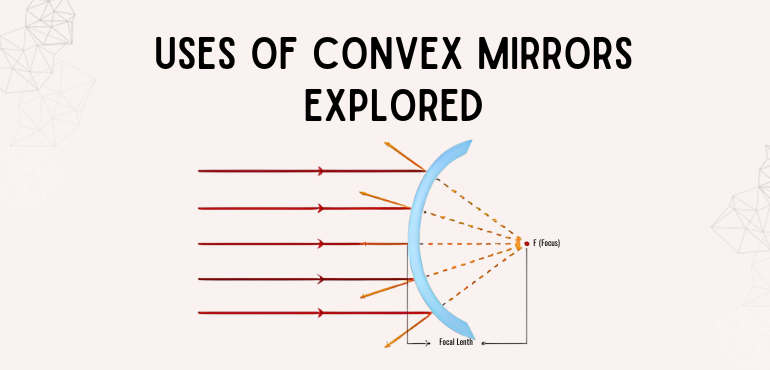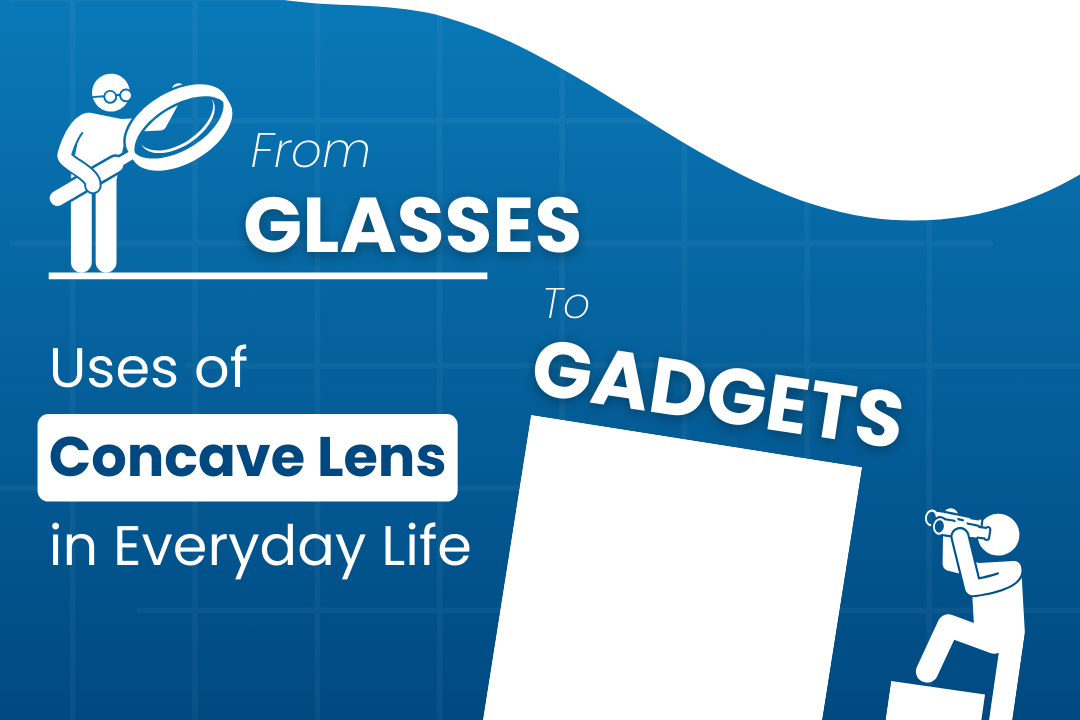
Convex mirrors, with their distinct curvature, have become ubiquitous in our daily lives, playing a crucial role in various applications. This article delves into the definition, applications, and characteristics of convex mirrors, shedding light on their impact on our visual experiences and the difference between concave and convex mirrors.
Understanding Convex Mirrors
At its core, a convex mirror is characterized by its outward-curved surface, reflecting light outwards. This unique design allows these mirrors to diverge light rays and create a wide field of view. Unlike concave mirrors, which converge light, convex mirrors have a multitude of applications owing to their distinct optical properties.
Definition and Construction
A convex mirror is typically a spherical mirror with a reflective surface facing outward. The curvature of the mirror is such that it bulges outward, creating a virtual image that is smaller and erect. The reflective coating on the convex mirror is usually made of materials like chrome or aluminum, ensuring a clear and durable surface. When discussing the difference between lenses and mirrors, it’s important to note that mirrors reflect light to form images, while lenses refract light to focus or disperse it.
Applications of Convex Mirrors
Traffic Safety:
Convex mirrors are indispensable in enhancing road safety. Placed at intersections, blind spots, and parking lots, these mirrors provide a broader field of vision for drivers, reducing the risk of accidents. The “Objects in mirrors are closer than they appear” warning on side-view mirrors of vehicles often indicates the use of convex mirrors.
Retail Security:
Retailers leverage convex mirrors to minimize shoplifting and enhance security. Placed strategically, these mirrors eliminate blind spots, allowing store personnel to monitor a larger area and deter potential theft.
Industrial Use:
In industrial settings, convex mirrors are employed to improve safety and monitor production lines. They assist in preventing collisions between vehicles and machinery, ensuring a safer working environment.
Residential Security:
Homeowners use convex mirrors for security purposes, especially in driveways and entryways. These mirrors offer a comprehensive view of the surroundings, aiding residents in monitoring their property.
Decorative Elements:
Beyond functionality, convex mirrors are popular as decorative elements. Their unique shape and reflective properties make them an aesthetic choice for interior design, adding depth and interest to living spaces.
Characteristics of Convex Mirrors
Wide Field of View:
The most distinctive characteristic of convex mirrors is their ability to provide a wide field of view. This makes them particularly useful in situations where a broader perspective is essential, such as in traffic management.
Virtual Image Formation:
Convex mirrors always form virtual images that are erect and smaller than the object. This characteristic makes them ideal for surveillance purposes as the reflected image accurately represents the real-world scene.
Diverging Light Rays:
Unlike concave mirrors, which converge light rays, convex mirrors diverge parallel rays of light. This property contributes to their application in safety and surveillance by creating a comprehensive reflective panorama.
Reduced Blind Spots:
Convex mirrors are effective in minimizing blind spots, whether in traffic or security surveillance. Their design allows for a seamless flow of information, enhancing situational awareness.
No Focal Point:
Unlike concave mirrors, convex mirrors do not have a real focal point. The reflected rays appear to diverge from a point behind the mirror, reinforcing the virtual image formation characteristic.
Conclusion
In conclusion, convex mirrors stand as silent guardians in various aspects of our lives, from ensuring road safety to enhancing security in retail spaces and homes. Their unique characteristics, including a wide field of view and virtual image formation, make them indispensable tools in multiple applications. As we continue to embrace technological advancements, the humble convex mirror remains a constant, shaping our perspectives and contributing to a safer and more visually informed world.








